Our friends at Frag Out! have provided us with a bit of info on the ongoing efforts by the Polish military to adopt a new camouflage pattern.
An official agreement has been sighed by the Polish MOD and Army Textiles Institute – WOBWSM to test new camo patterns that might replace the current Wz. 93 ‘Pantera’ pattern:
MAPA-A (light green variant)
MAPA-B (dark green variant)
“LAMPART” (from top-secret “TYTAN” future-soldier systems project)
This agreement was signed last November, with testing to proceed through June 2018, with pattern selection possibly taking place as early as July 2018. The Fall test have already occurred, with “Snowless Winter” tests currently underway.
Tests are being conducted by WAT (Military University of Technology in Warsaw) and WITI (Military Institute of Technical Engineering), as well as MASKPOL S.A., a holding company of PGZ, the Polish state-owned armaments group.
WAT and WITI are conducting a decade-old testing methodology originally developed by WITI, which focuses on long distance recognition, where effectiveness of a pattern is judged by a group of 3 to 6 officers using 7×45 binoculars at ranges between 700m to 1400m.
MASKPOL’s testing methodology is new, and focuses on combat distances of 25m to 300m, using a group of 15 to 30 soldiers making individual comparative evaluations with the naked eye. This testing also incorporates night vision and aerial drones.
Additionally, IWP (Polish Institute of Industrial Design) is also participating in the testing process. Based on photographs taken during the first two tests, they are using eye-tracking techniques with a large sample of participants to analyze effectiveness of the individual patterns.
Alongside MAPA, a new line of individual equipment, code-name “DROMADER” is also being developed, regardless of final camo pattern chosen.
Additional information: www.defence24.pl – The army compares four types of camouflage. In mid-2018, the Ministry of National Defense will select a new one. (Machine translated to English)
Tags: Camo, Camouflage, Frag Out!


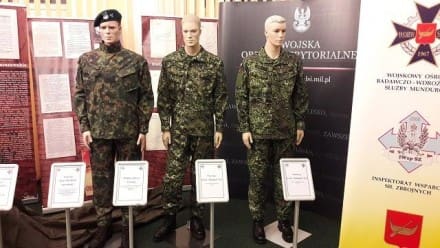
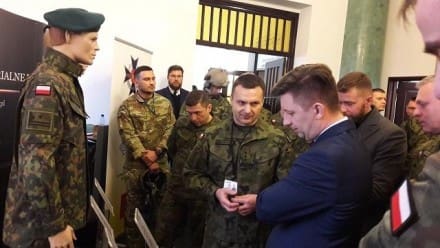
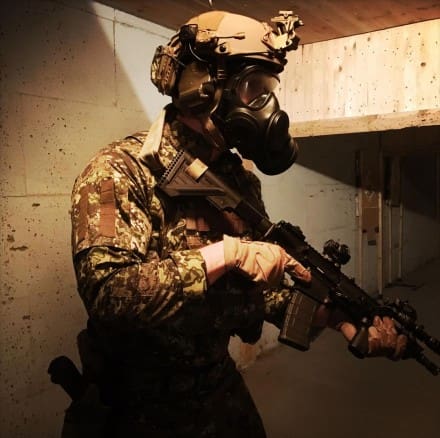
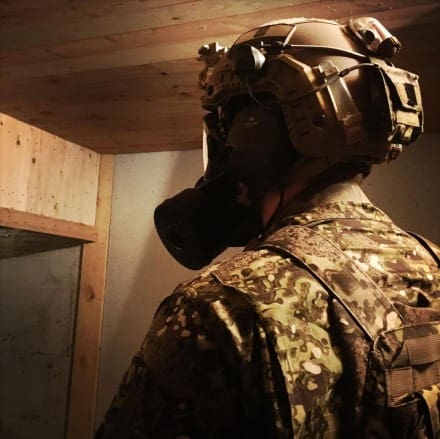
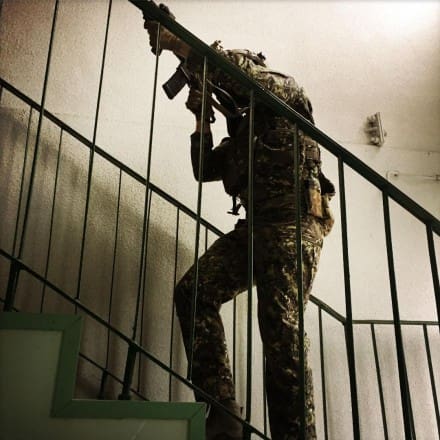
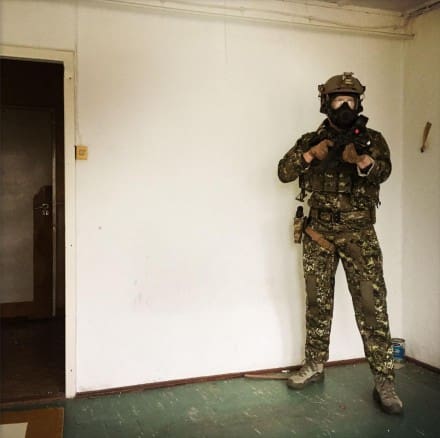
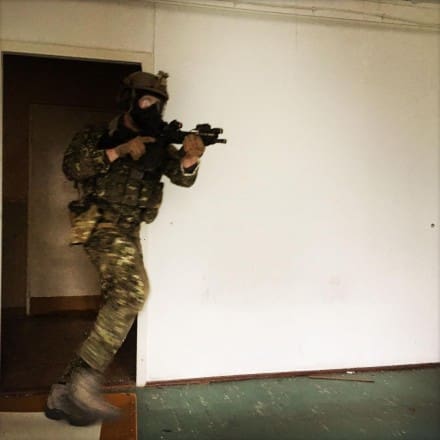
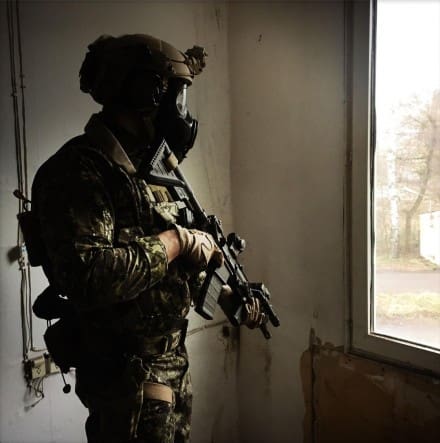
Not sure how I feel about Poland switching camouflages, seems everybody has to grab a new one lately. However, with the current uniform being so saturated in the surplus market it would help with positive ID issues. That’s why countries with standard M81 copies opt for their own national pattern to prevent insider attacks. Not that this is a huge issue for Poland at the moment but who knows when Russia is dicking around the way they are. I do quite like the left mannequin’s camouflage and I like the effectiveness of the patterns on the right. You do you I guess Poland, if you can implement it.
Nothing to really see here, just another fashion camo pattern.
I really wished that more companies would focus less on the artistic styling and more on the science side of things. :/
*Commence the hate comments towards me*
It’s an equal parts fashion show. Always have been.
No hate from me, brother, but I’m not sure it’s so much for fashion. Poland’s current camo is roughly 25 years old. A lot of technological advances & new information has come out since they adopted wz.93. Read further down on the article, and you’ll see they’re doing quite a bit of real-world testing, including drones and NODS.
In other words, they don’t want to end up with UCP, like we did.
I’m all cool with Poland getting a new camouflage pattern, however, these patterns are not impressive. There is not much of a macro pattern in these designs.
Btw, extensive testing does not mean the pattern is well designed.
For example, I could do a bunch of testing with drones and nods on UCP. It does not mean UCP is inherently good due to that.
I suggest you to read English edition of Frag Out! #18 once it will be released.
There is a comprehensive article about MAPA which also covers its development. There is more science behind it than you would think.
Have we ever gotten a definitive write up on patterns with larger shapes vs. patterns with smaller shapes in regards to how well they work at distance? I remember reading that some of the denser patters often become blobs at distance due to how small the shapes are, where a pattern with larger, more definitive shapes often conceals better at distance as the shapes are more individually distinguishable?
Correct me if I am wrong here, I just don’t remember where that discussion left off.
Not that I’ve ever seen….however US Marine tests showed that the Rhodesian pattern worked best at long distance, but not so great at short range, where Cadpat worked better.
Rhodesian consists of large green and brown blobs on a lime green/tan background, the blobs are fairly close together so the background ends up as relatively thin lines which separates the dark blobs and is visible at distance and serves to cut up the shape.
Cadpat at the other hand consists mainly of black, green and lime shapes green. As the distance to the wearer increases the black and green forms an olive green while the lime green forms a kind of light tigerstripe which disrupts the wearer’s shape. As the distance increases further the tigerstripe forms a light olive band over the olive green.
The blob out range for Cadpat is far shorter than for Rhodesian.
The trick is to make a pattern with suitable texture which blobs outs to blobs at distance, the texture should blob to the same blob size as shapes in the environment at the given distance. The blobs should also disrupt the wearer’s shape.
it’s called Isoluminance. excellent write up on that subject as well as macro and micro patterns here:
http://www.hyperstealth.com/US4CES-ALPHA/
Thanks for the info gents! I wish this aspect of new patterns was discussed more with the public when they are being introduced. A lot of people just see the pattern up close, or in close picture tests and never realize the depth that has to be put into one of these designs to make it truly effective.
A conspicuous absence of MultiCam, ATACS and PenCott…
Polish issue camo is okay, Mapa is fine – should have some more brown in it (you can even see it in the picture with manikins). Pencott GZ is the real deal in terms of effectivness not fasion – edpecially close range – and the never available Wildwood could be even better.
What I like is that there is no BS pattern in the works like UCP 😀